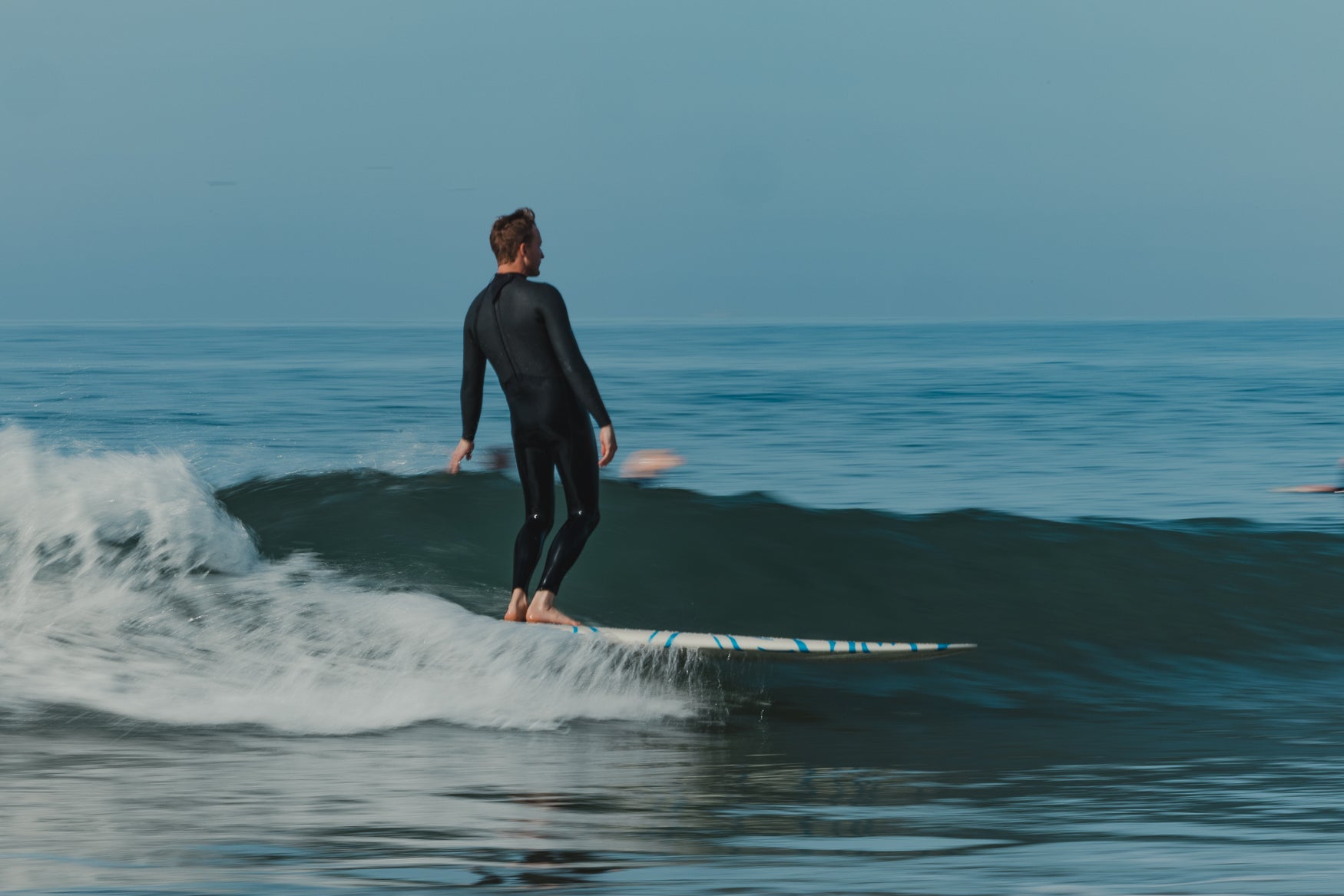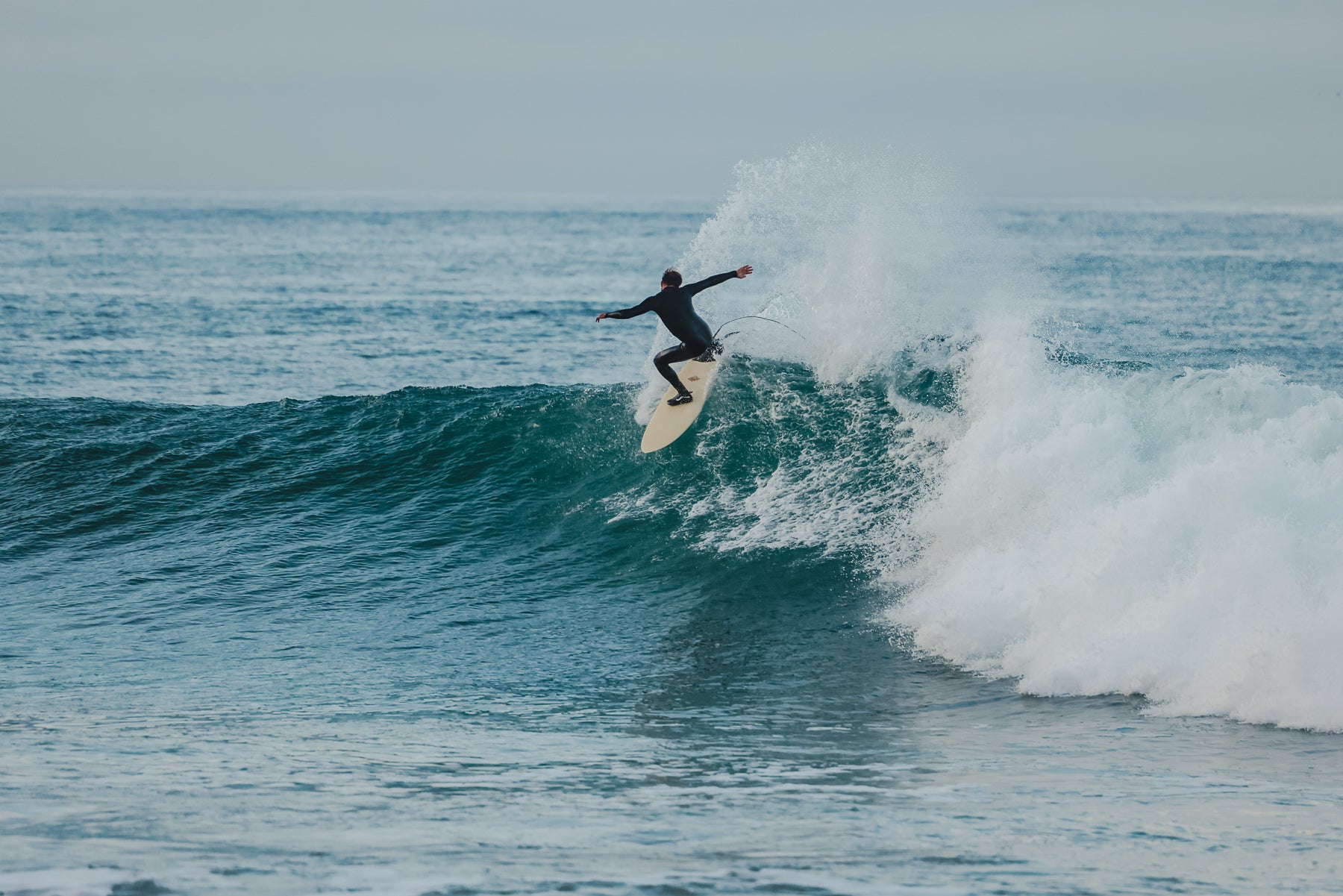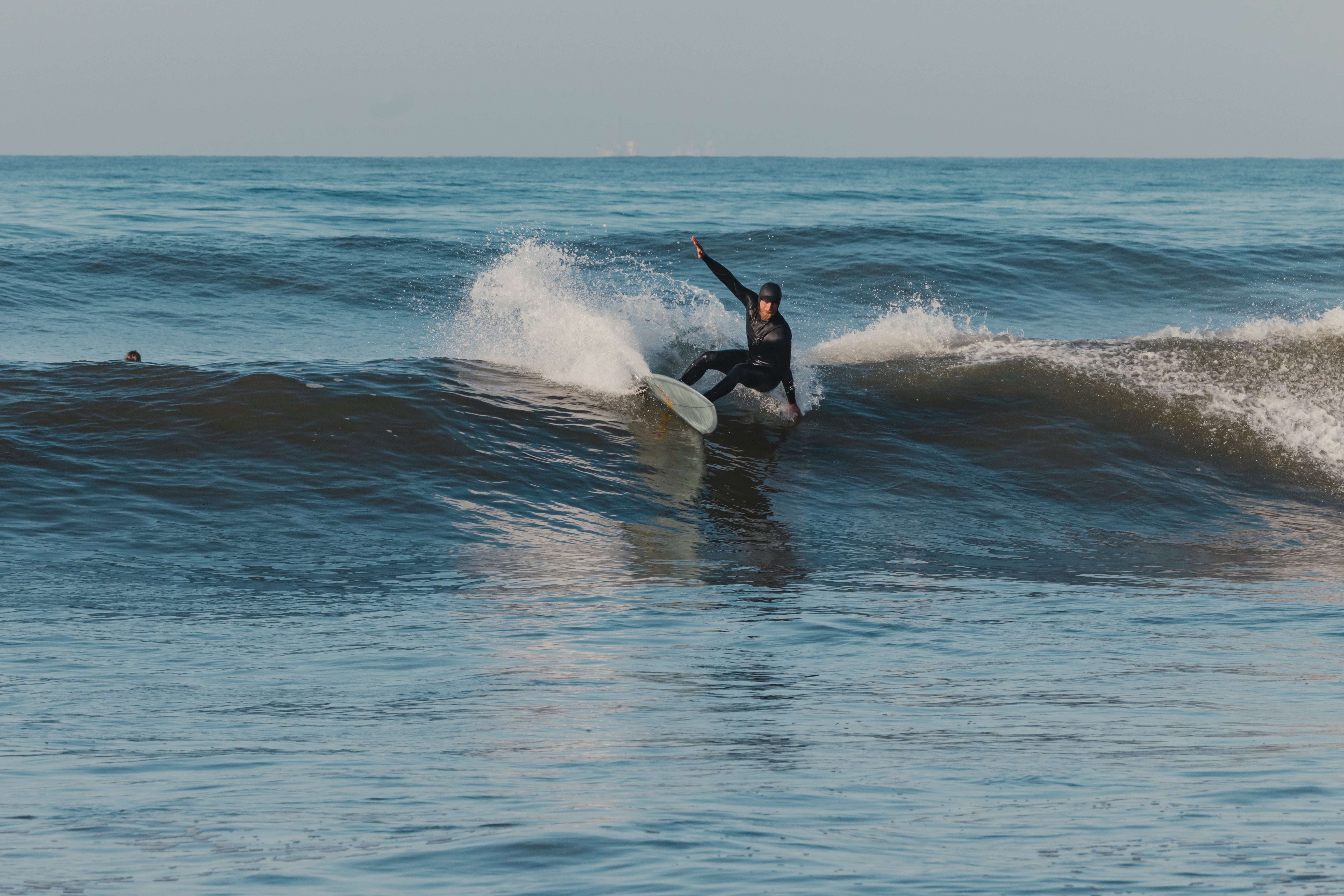Riding A Longboard Will Improve Your Shortboarding

I'm so passionate about this topic that I even wrote the inverse article, which you can read here: Riding a Shortboard Will Improve Your Longboarding.
The way you experience waves is largely shaped by the board beneath your feet. The equipment you choose influences how you interact with each wave, and this variety is part of what makes surfing endlessly exciting.
Take, for example, an 11' glider versus a short, high-performance fish. These two boards create radically different experiences, but both bring out unique aspects of the wave, helping you see the surf from fresh perspectives.
If you're used to riding shorter boards, switching to a longboard can open up an entirely different way of feeling the wave, honing your skills in ways you might not expect.
1. Learning to Maximize Glide
On a smaller board, you’re often focused on working the wave for speed, quickly maneuvering and pumping for acceleration. Longboarding, however, teaches you to embrace the natural flow of the wave. It’s all about maximizing glide and carrying momentum with minimal effort, which can make you more aware of the wave's subtleties.
This sense of flow and patience—waiting for the wave to do its work rather than forcing speed—will make you a better shortboarder by teaching you when to ease up and let the wave carry you, giving your surfing a more controlled, relaxed style.
2. Experiencing Early Wave Catching
Longboards require you to position yourself well in advance and plan ahead to make the most of each wave. When you’re on a shortboard, you might be used to quick adjustments and last-second pop-ups. But riding a longboard will teach you the importance of catching waves early, and recognizing how to set up well ahead of time.
This experience transfers beautifully to shortboarding, where a refined sense of timing and positioning can make the difference between a good wave and a missed one. You'll find yourself reading waves with a new perspective, allowing you to drop in right at the sweet spot.
3. Mastering Footwork
Riding a longboard involves a lot of footwork and balance adjustments, particularly if you’re experimenting with noseriding or cross-stepping. These movements build balance and weight control that directly benefit shortboarding. When you go back to a smaller board, you’ll notice an improved center of gravity and quicker adjustments—skills that are essential for making rapid turns and handling more technical maneuvers.
4. Increasing Your Wave Count
Longboards are known for their paddling power and ability to catch waves easily. This ease allows you to focus on building endurance without the constant struggle for waves. Spending time on a longboard can actually help improve your paddling efficiency, which will benefit you when you switch back to a smaller board, where every ounce of paddle power counts.
5. Broadening Your Perspective
One of the most common reasons that surfers—even the most diehard shortboarders—add a bigger board to their quiver, is to have something to ride when the waves are too small for their normal board of choice. As a major proponent of #TwoFeetandFiring, let me be the first to tell you that if you aren't surfing a longboard in two foot waves, you're missing out on a whole lot of fun.
Once back on a shortboard, this broadened view will help you approach each wave more creatively, using sections and finding new lines to explore.
6. Letting the Wave Do the Work
Longboarding demands a more relaxed, flowing approach to wave riding—a stark contrast to the high-energy, proactive approach typical of shortboarding. The patience and grace you cultivate on a longboard can soften your style on a shortboard, helping you find rhythm and avoid rushing turns or overworking the wave.
Spending time on a longboard does more than just offer a change of pace; it develops a better-rounded skillset that will improve your shortboarding. You’ll gain patience, improved positioning, and a new perspective on reading waves—all of which will make you a more versatile and adaptable surfer. And every time you switch back to your shortboard, you’ll appreciate the renewed control, responsiveness, and unique thrill of quick turns, now with a more refined touch.
So, take my advice... grab your longboard and get ready to not only enjoy the glide but also return to your shortboard as a more well-rounded, capable surfer. The best surfers are often the ones who mix it up—and in doing so, discover what each board has to teach.




